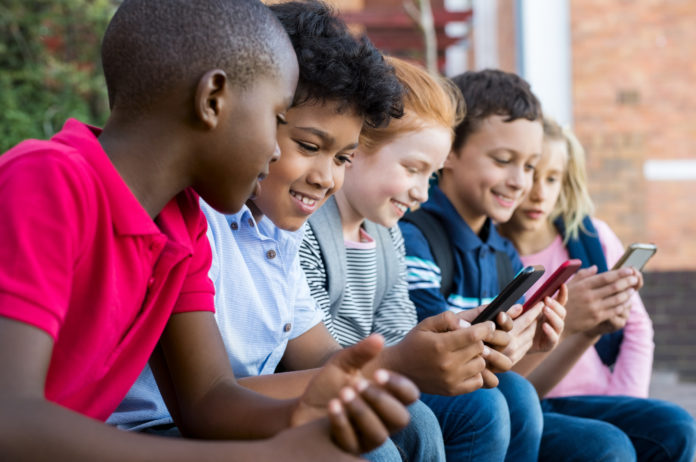We developed a rapid response survey in collaboration with five other statistics organizations to investigate how the COVID-19 epidemic has impacted people in the United States and Canada. Various issues impact families, including access to the internet and computers for online learning options.
National Center for Education Statistics data is based on children ages 3-18, and thus the two sets of data are not directly comparable. As previously stated, estimating the percentage of all children who have computer and internet access is impossible without first determining the average number of children in different types of households belonging to each category.
According to the September study, 74 percent of the 52 million families with children had consistent access to a computer for educational purposes, with 16 percent having access regularly. According to the poll, those who had access to a computer only infrequently, seldom, or never had access to a computer at all made up an additional 8 percent of families. According to the study’s findings, sixty percent of the homes acquired gadgets from their child’s elementary or secondary school or school district when a computer was always available.
Also, the results are comparable between countries when it comes to internet access. According to the results of the poll, families with children who had access to the internet all of the time and 17 percent of those who had access most of the time we’re able to use it for online learning. According to the poll results, as a result, 3.7 million families, or 7 percent of the population, had internet access only intermittently, infrequently, or never at all. For online learning purposes, a total of 2.4 percent of families had internet access provided by their child’s school or school district in households where internet access was always accessible for online learning purposes.
Even Though More than Half of Families Obtained Computers from Schools, Only a Small Number of Those Households Acquired Equipment That Enabled Them to Access the Web
Schools around the country have been forced to close their doors, and the vast majority of the more than 56 million K-12 children in the United States will be enrolled in online courses beginning in the spring semester. It will be easier for some students to make this change than for others, depending on their previous educational experiences or background. Fourteen percent of kids between the ages of 3 and 18 do not have access to the internet at their place of residence. For more than 9 million students, completing homework on the internet will be a challenging experience this school year.
There are many reasons people may be unable to connect to the internet from their homes. As for those who did not have internet access, 34 percent of those who responded said they could not afford it, 4 percent said they did not have a home computer, and 4 percent stated an internet connection was in their area. Consequently, it is estimated that at least 42 percent of children who do not have access to home internet will have trouble connecting to the internet.
The Proportion of Pupils Who Live In Families with No Access tothe Internet or Computers Is Computed Based On Their Family’s Income Level
PCs and home internet access are more or less readily available depending on where you live. When it comes to houses with school-aged children, 14 percent of all households do not have internet access at home; however, the proportion rises to 18 percent for households in rural areas, representing a four-point increase from the national average. It is a matter of concern for governments that there is an internet divide between rural and urban communities. Many people are not financially stable to get internet at their home.
Accessibility varies depending on one’s race and ethnicity as well. While white and Asian students have more significant than average access to the internet and computers, Black, Hispanic, American Indian, and Native Alaskan children have less than average access to these technologies. American Indian and Native Alaskan children have the lowest levels in terms of access. Only 65 percent have access to a computer at home, and 63 percent have access to the internet.
The Fraction of Students Who Live In Families without Access tothe Internet ora Computer, Broken Down By Race
As a result of the coronavirus shelter-in-place orders, plans to improve universal home internet access are given renewed consideration in the future. Meanwhile, some school districts are experimenting with new and creative ways to give kids access to digital learning materials and experiences. Internet is essential but this lockdown broke many families. They were unable to pay for their basic necessities so skipping internet was all were left with.








